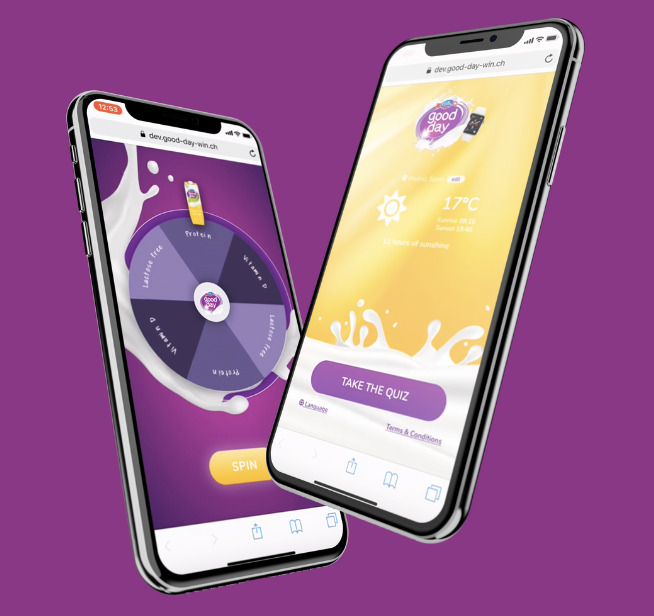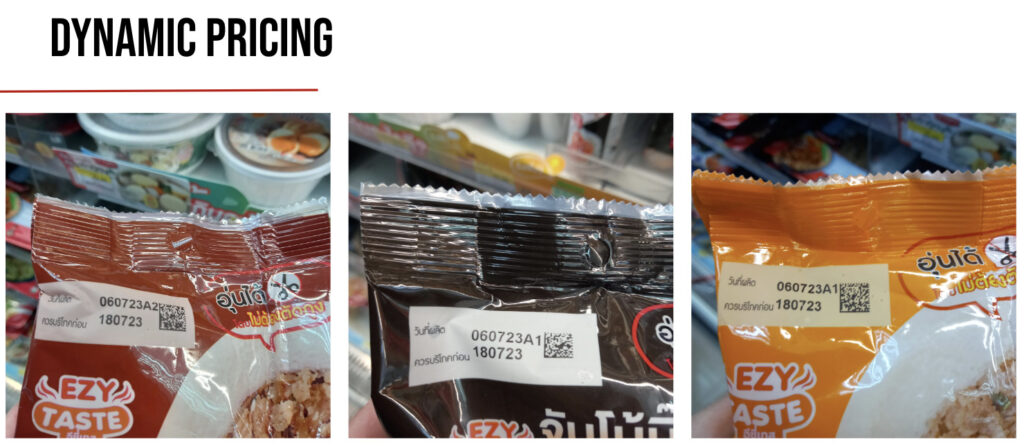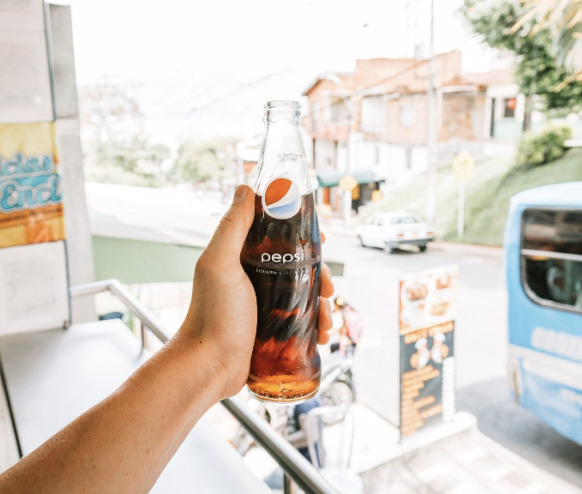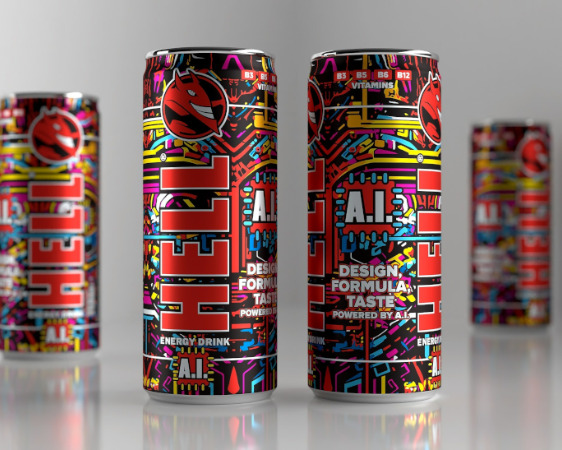In the recent webinar hosted by Appetite Creative “Connected Packaging – Future Trends and Improving Consumer Engagement,” experts Craig Stobie – Global Sector Management and Development at Domino Printing and De Wet Snyders – Global Head of Marketing, Foster Clark, and Jenny Stanley, Founder and MD at Appetite Creative delved into the exciting world of connected packaging. They discussed various aspects, including unique QR codes, serialization, AI integration, and more. This article provides a comprehensive summary of the webinar, highlighting key insights, audience questions, and expert responses.
You can find the recording below.
Consumer Engagement and Sustainability
The webinar opened with a discussion on the increasing interest in sustainability, particularly in the context of the circular economy and recycling. As materials evolve, consumers often face confusion regarding what is recyclable or compostable. Unique QR codes on packaging emerged as a solution, allowing consumers to interact both online and physically, thus aiding sustainability efforts.
Another area of focus was the deposit return scheme, designed to incentivize consumers to return packaging. Here, unique codes play a pivotal role in tracking individual items, ensuring that consumers are rightfully rewarded for their efforts.
Real-life examples
Throughout the event, numerous real-life Connected Packaging examples and case studies were mentioned, one of them being a collaboration between Emmi Good Day and Appetite Creative on a Connected Packaging campaign with Unique, one time QR codes. the use of serialized unique codes enabled precise tracking from production to the end customer, paving the way for enhanced supply chain visibility, efficient recall management, and individual product tracking, all while facilitating the embedding of loyalty programs and personalized messaging on each carton.
The results were impressive, with an average engagement time of 2 minutes and 13 seconds per session and a remarkable 94% quiz completion rate. This initiative not only educated consumers but also elevated the profile of Emmi Good Day’s milk drink.
QR Codes and Dynamic Pricing
The speakers presented several compelling use cases for QR codes, demonstrating their versatility. One standout example from Craig Stobie, Global Sector Management and Development at Domino Printing involved using unique QR codes for dynamic pricing in retail. In Japan, retailers employ QR codes to adjust prices throughout the day, offering discounts as the day progresses. This strategy not only reduces food waste but also maximizes sales.

Combating Counterfeiting and Building Trust
QR codes also address the critical issue of counterfeiting. By providing a single source of truth, consumers gain access to reliable information, even in regions where government enforcement may be lacking. This transparency fosters trust and empowers consumers to make informed choices.
Audience Questions and Expert Responses
During the webinar, the audience posed thought-provoking questions, and the experts provided insightful responses. One attendee asked whether QR codes could provide location-based information, such as proper disposal instructions for recyclables. The experts affirmed that QR codes can indeed offer location-specific guidance, helping consumers make environmentally conscious decisions.
Another question revolved around the security of QR codes, given their uniqueness. The experts clarified that once a QR code is scanned, its status can change, preventing multiple scans for the same purpose. This approach ensures fair usage and prevents abuse.
Global Adoption and Tailored Engagement
The conversation shifted to the global adoption of connected packaging, with a focus on developing countries. In such regions, consumers may place higher value on technical information due to evolving supply chains. In contrast, developed countries leverage connected packaging to enhance brand loyalty and engage consumers in creative ways.
Enhancing Frozen Food Brands in Developing Markets
An audience member inquired about how frozen food brands could use QR codes to boost adoption in developing countries like India. The experts emphasized that the key lies in communicating the benefits effectively. QR codes can provide essential information about storage, recipes, and nutritional value, addressing consumer needs and preferences.
How can brands get started?
De Wet Snyders offered valuable advice on adopting Connected Packaging for brands. He stressed that the challenge often lies in introducing a new approach that disrupts established processes, rather than ROI concerns. To navigate this transition effectively, Snyders recommended starting with pilot trials to demonstrate success. Additionally, he emphasized the importance of incorporating scalability plans and well-defined KPIs into the initial brief to ensure that the innovative efforts can be implemented at scale, avoiding potential roadblocks in the process.
Personalization and the Future
The experts closed by highlighting the power of personalization enabled by connected packaging. It allows brands to engage consumers based on their preferences and behaviors. This level of interaction was considered unthinkable a decade ago, underscoring the ever-evolving landscape of connected packaging.
Moreover, PepsiCo experienced a remarkable 50% growth in first-party data through the implementation of QR codes and loyalty programs. These initiatives have enabled the company to deliver more tailored messages, ultimately leading to increased revenue.

Additionally, we’ve explored the connection between Artificial Intelligence (AI) and Connected Packaging. For instance, major beverage companies like Coca Cola and HELL Energy have embraced AI in the creation of AI-powered drinks, providing a taste of the future. Such campaigns can benefit from Connected Packaging, and our experts have shared strategies for achieving success in this context.


Conclusion
Appetite Creative’s webinar on connected packaging showcased its immense potential to revolutionize consumer engagement and sustainability efforts. QR codes, serialization, and innovative use cases are paving the way for a more transparent and consumer-centric future in the packaging industry. As consumer expectations rise, brands must adapt and harness the opportunities offered by connected packaging to stay competitive and build trust with their audience.
The Webinar recording is live:
Watch on YouTube
Listen on Spotify
Listen on Apple Podcast
